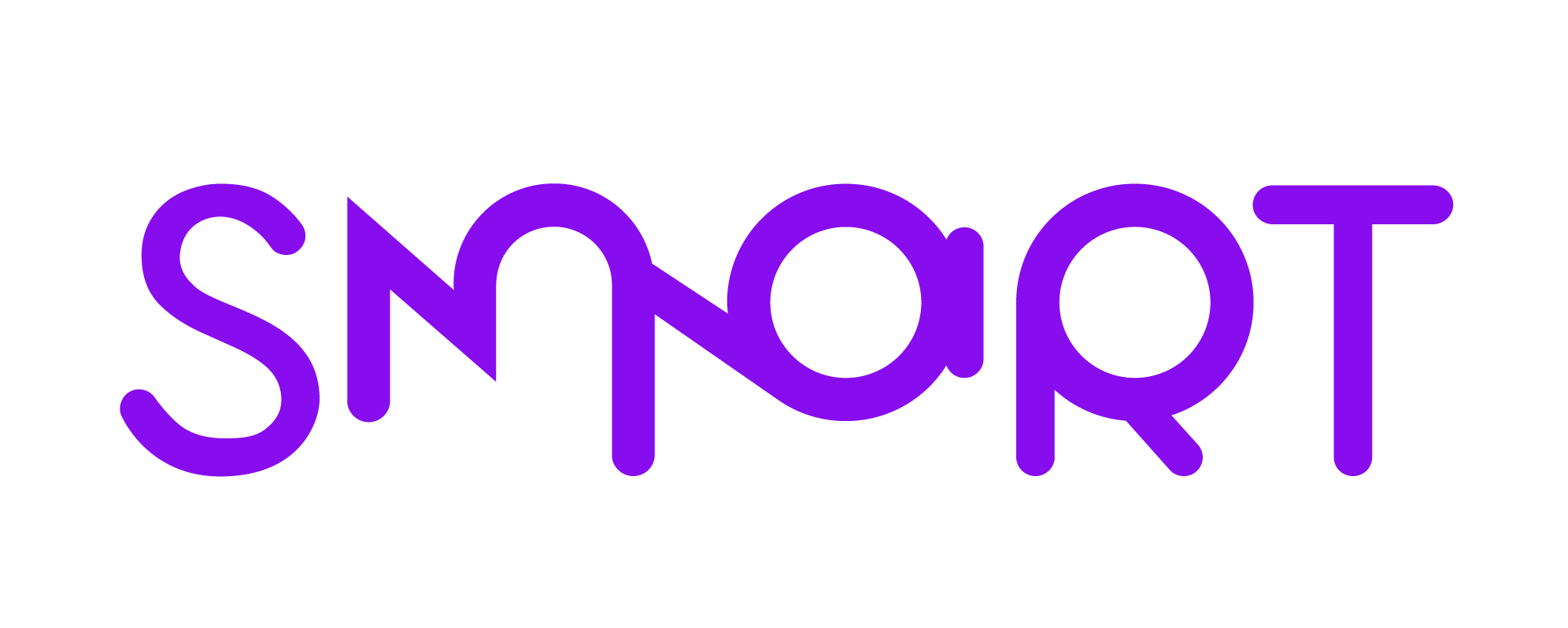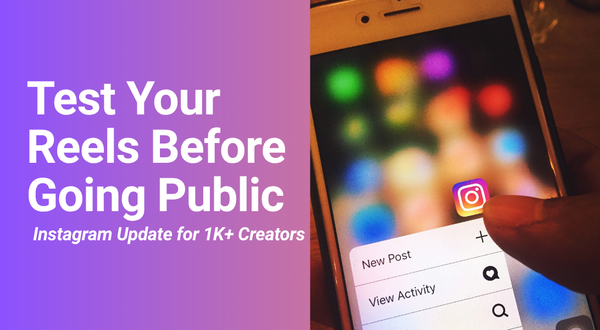Wellness Is Booming — But It's Not What You Think
Nielsen’s latest wellness report shows consumers are prioritizing health, sustainability, and trust. From personalized tech to eco-conscious buying, wellness is now a lifestyle—offering marketers new ways to connect with value-driven audiences.

What Nielsen’s Latest Report Reveals About the New Wellness Consumer
The concept of wellness is being redefined — and for marketers, that’s a big deal. According to Nielsen’s Global State of Health & Wellness 2025 report, 73% of global consumers now prioritize health and wellness more than they did a few years ago. But this isn't just about fitness routines or plant-based diets. It’s about mental clarity, personalized choices, and trusted brands.
Wellness Is Personal, Not Universal
Forget one-size-fits-all. Consumers are demanding health and wellness solutions tailored to their lifestyles, cultures, and beliefs. As Nielsen puts it, “Wellness is not universal — it’s personal.” For marketers, this means ditching broad messaging and doubling down on cultural nuance, local relevance, and identity-driven storytelling.
📌 “73% of global consumers say they are prioritizing their health and wellness more now than they did in the past.” – Nielsen 2025 Report
Trust Is the Currency
Consumers want science-backed, transparent information. Brands that make wellness claims need to back them with proof, or risk falling flat. Nielsen reports that 61% of consumers globally want to see scientific evidence behind wellness claims. Cue the opportunity for marketers to use research, data, and trusted partnerships as core elements of their storytelling.

Wellness Meets Wallet
Interestingly, price is still a key factor. While 79% of consumers say they’re actively trying to improve their health and wellness, nearly half admit that cost is a barrier. This opens the door for mass-market brands to deliver a premium feeling at accessible prices, or offer tiered wellness experiences that meet consumers where they are.
Implications for Marketers
- Lifestyle over product: Don’t just market features — market outcomes and lifestyle alignment.
- Content is credibility: Use education and authority to build trust in wellness messaging.
- Inclusion is strategy: Reflect diverse wellness journeys — across age, income, region, and culture.
- Experience wins: Wellness isn’t a product on a shelf. It’s a digital journey, a brand vibe, a community.
🟣 Stay informed with Smart News
We track the evolving wellness space through the lens of marketing, technology, and culture because this shift isn’t just personal—it’s market-defining.





